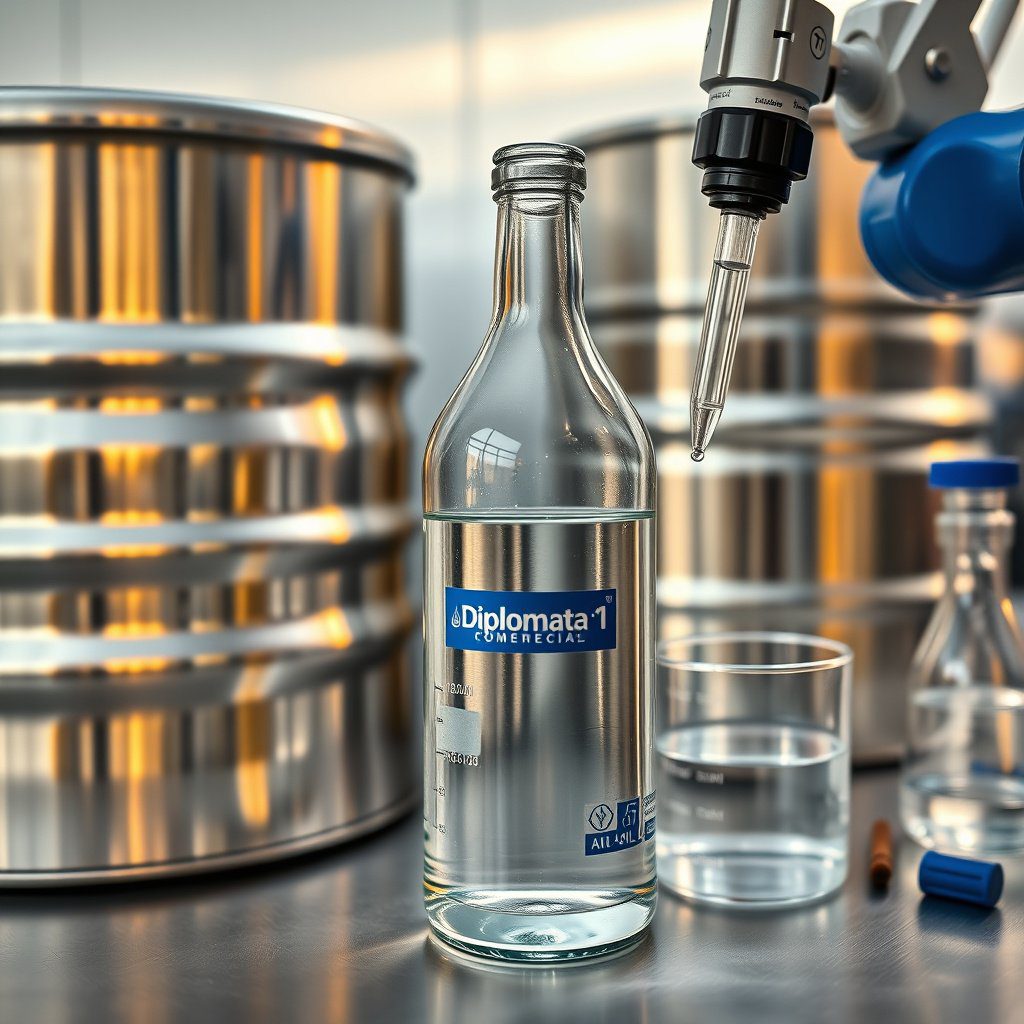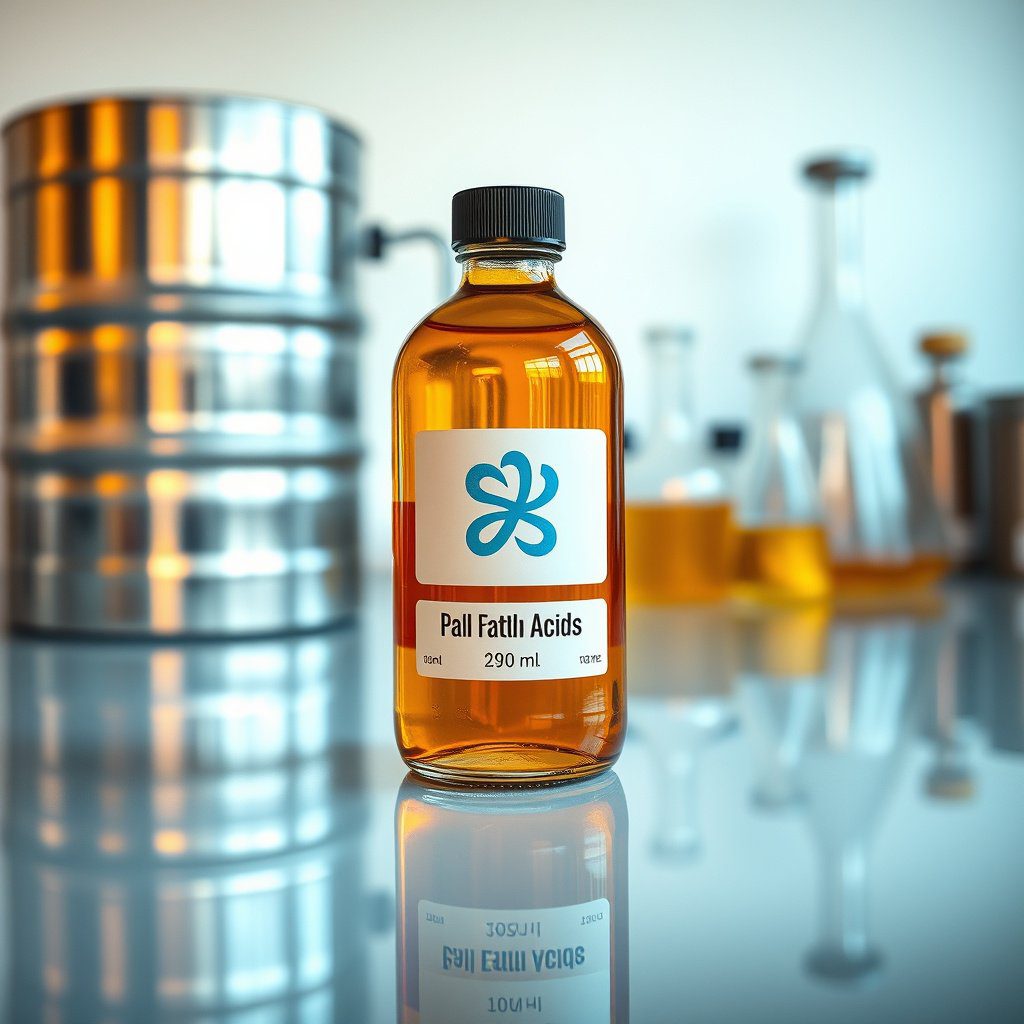Definition of High-Purity Chemical Applications
High-purity chemical applications refer to the utilization of chemicals with minimal impurities, ensuring maximum effectiveness in various industrial processes. These applications are critical in sectors such as pharmaceuticals, electronics, and agriculture, where even trace contaminants can significantly affect product quality and performance.
Importance of High-Purity Chemicals in Industry
The significance of high-purity chemicals lies in their ability to enhance product reliability and safety. In industries like pharmaceuticals, the quality of active ingredients directly impacts health outcomes. Likewise, in electronics manufacturing, high-purity solvents ensure optimal performance and longevity of devices. Therefore, sourcing high-purity chemicals is essential for maintaining competitive advantage.
Applications of Diethanolamine
Diethanolamine (DEA) is a versatile amine widely used in high-purity applications. Its primary uses include serving as a surfactant in personal care products, a corrosion inhibitor in industrial processes, and a neutralizer in the production of various chemicals. DEA’s high-purity formulations are essential for ensuring the efficacy and safety of end products.
Monoethanolamine and Its High-Purity Uses
Monoethanolamine (MEA) is another important amine utilized in high-purity applications. It is often employed in the production of detergents, emulsifiers, and personal care products. MEA’s high-purity variants are crucial for applications where chemical consistency and performance are non-negotiable, such as in the formulation of pharmaceutical compounds and agrochemicals.
Triethanolamine in High-Purity Chemical Applications
Triethanolamine (TEA) is utilized extensively in high-purity chemical applications, particularly in the production of cosmetics and industrial products. Its high-purity grade is essential in formulations that require stability and compatibility with sensitive skin. The demand for TEA in high-purity forms highlights its role in enhancing product integrity and consumer safety.
High-Purity Chemical Supply Chain
The supply chain for high-purity chemicals is intricate and demands strict adherence to quality standards. Suppliers must ensure that their products are manufactured and transported under conditions that prevent contamination. This includes using specialized packaging, maintaining controlled environments, and implementing rigorous quality control measures throughout the supply chain.
Quality Standards for High-Purity Chemicals
To meet the demands of high-purity chemical applications, suppliers must comply with various industry standards such as ISO 9001 and Good Manufacturing Practices (GMP). These standards ensure that chemicals are produced consistently, minimizing the risk of impurities that could compromise product integrity and safety. Adhering to these standards is vital for suppliers aiming to position themselves as leaders in the market.
Exporting High-Purity Chemicals to the U.S.
For Brazilian suppliers, exporting high-purity chemicals such as diethanolamine, monoethanolamine, and triethanolamine to the U.S. market presents significant opportunities. Understanding the regulatory landscape and quality requirements of U.S. importers is crucial for successful market entry. Additionally, establishing strong partnerships with local distributors can enhance market reach and customer trust.
Future Trends in High-Purity Chemical Applications
The future of high-purity chemical applications is driven by advancements in technology and increasing demand for sustainable practices. Innovations in purification techniques and green chemistry are shaping the landscape, enabling the production of high-purity chemicals that are both effective and environmentally friendly. Staying ahead of these trends will be essential for suppliers aiming to maintain relevance in a competitive market.


